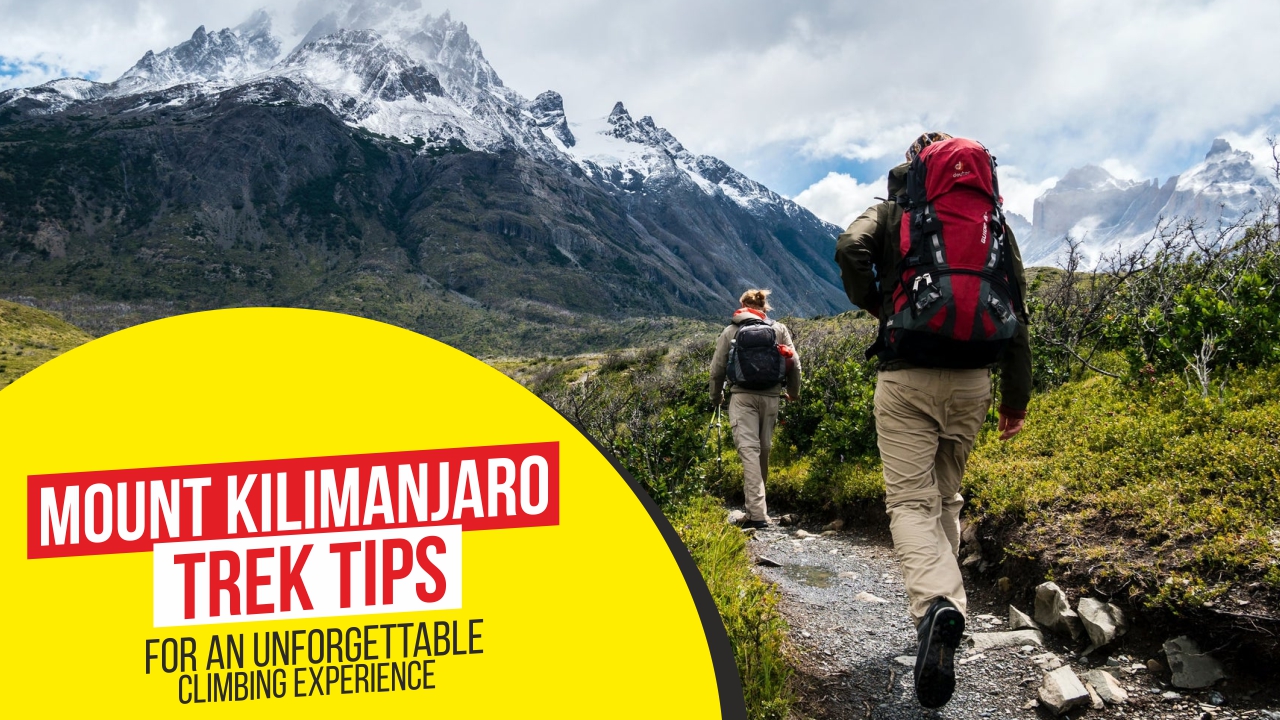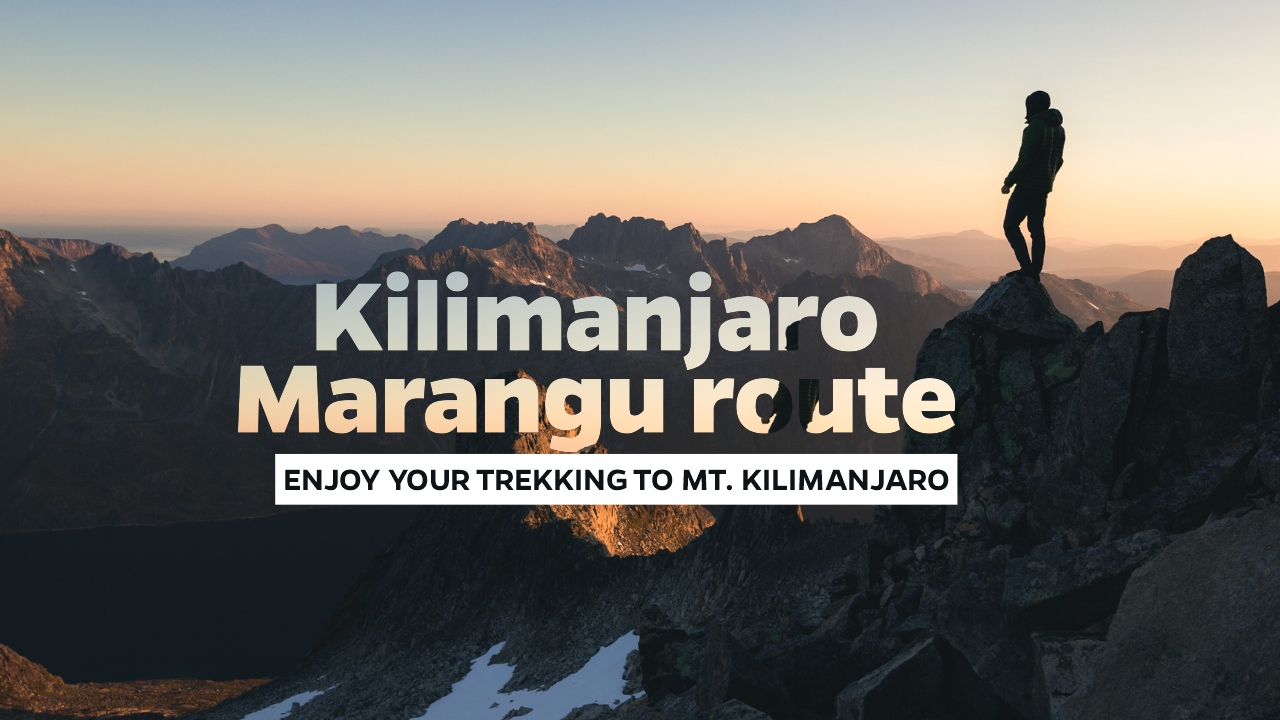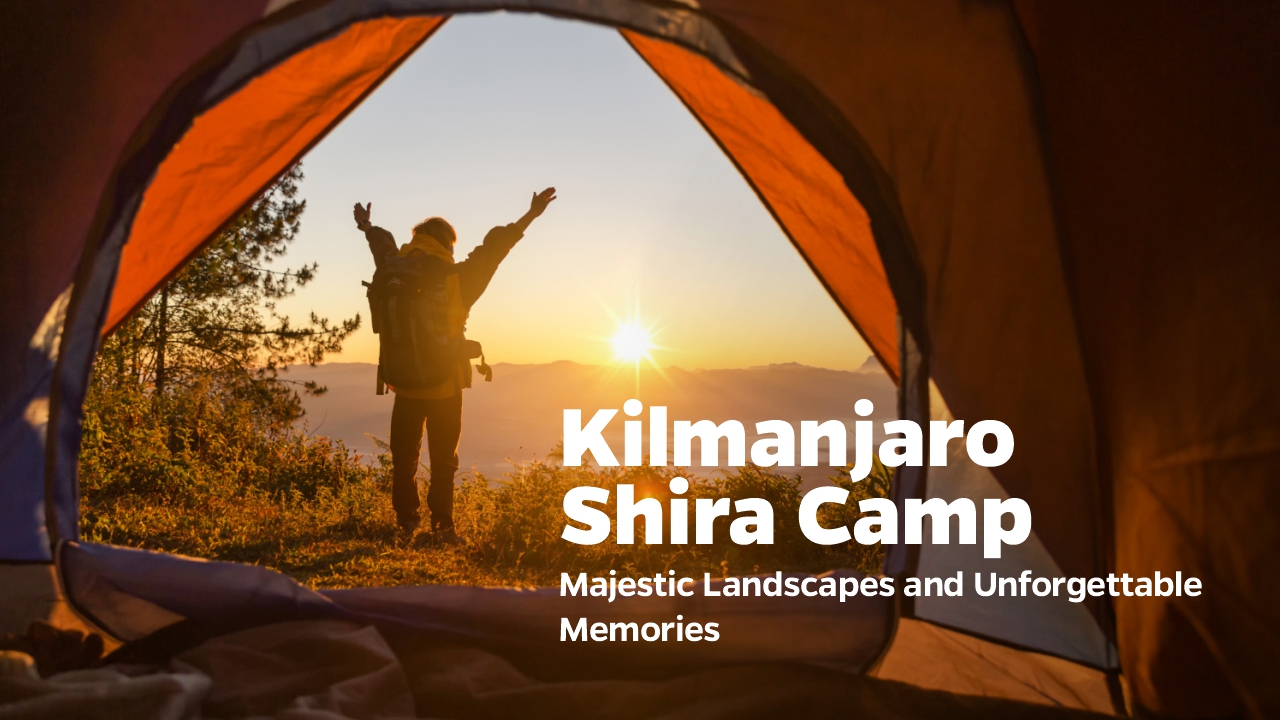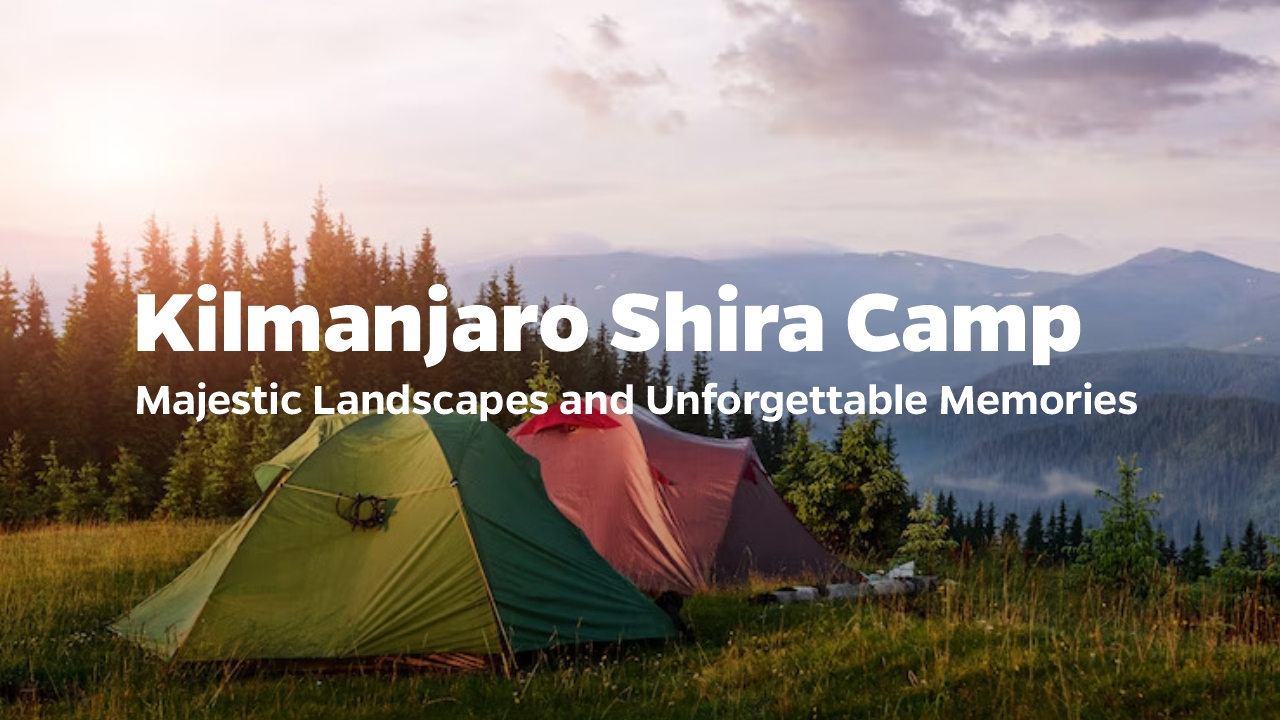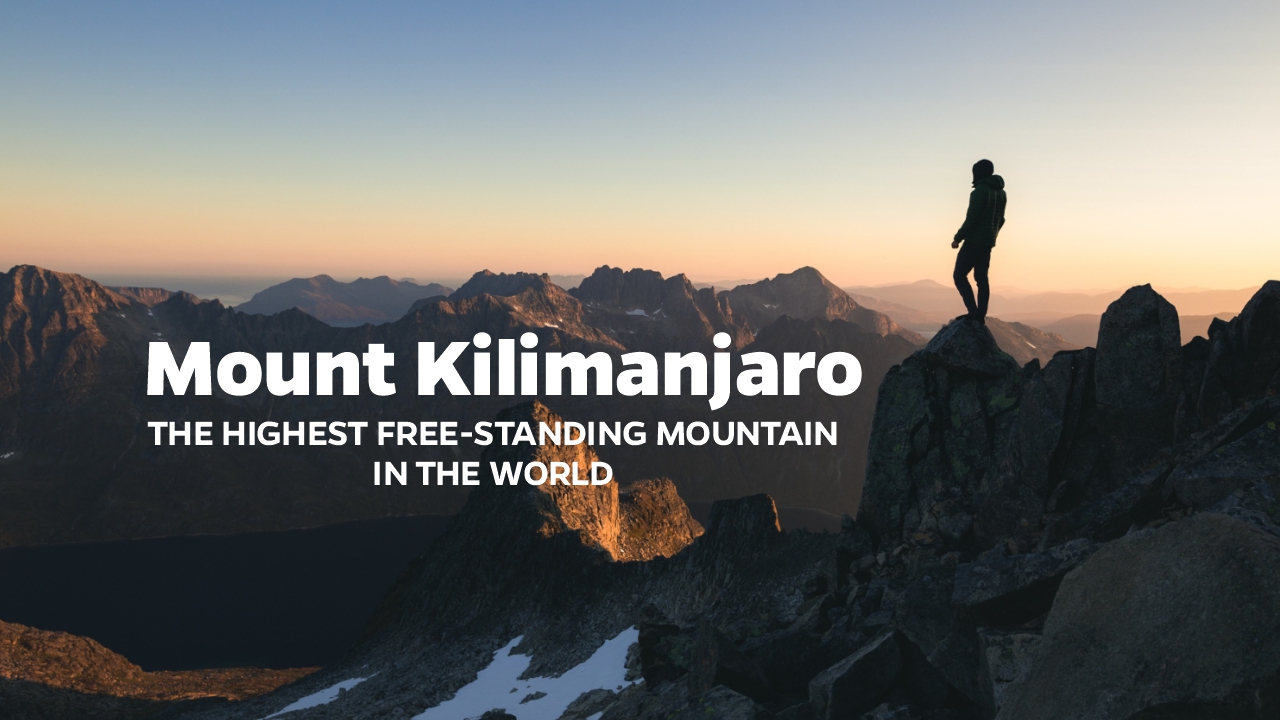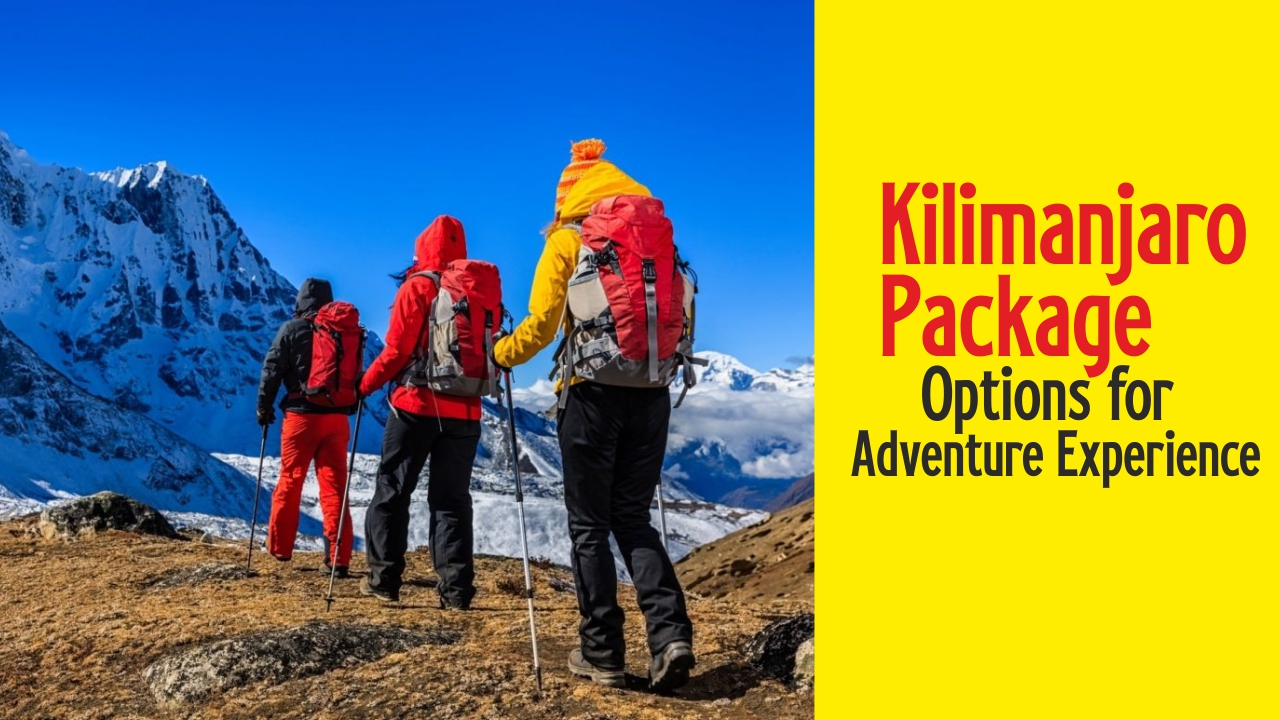
Embarking on a journey to Africa’s highest peak is a dream for adventurers and thrill-seekers alike. Choosing the right kilimanjaro package can make all the difference between a standard trek and a truly unforgettable adventure. At Ice Rock Trekking, the focus is on creating experiences that balance the challenge of mountaineering with comfort, safety, and immersive natural beauty. From breathtaking sunrise vistas over the African plains to the thrill of conquering the summit, selecting the ideal package ensures every moment of the climb is memorable.
Variety of Kilimanjaro Packages
Kilimanjaro offers multiple trekking routes, each with unique features, scenery, and levels of difficulty. Packages are designed to cater to different preferences, from shorter, more intensive climbs to longer, more gradual ascents that enhance acclimatization and enjoyment.
Marangu Route Packages are often considered the most comfortable choice for first-time climbers. Known as the “Coca-Cola Route,” this path features hut accommodations rather than camping, allowing trekkers to rest in dormitory-style shelters along the way. Packages typically range from five to six days, offering a combination of scenic forest trails, alpine deserts, and glacier views at higher elevations. This route provides a structured approach with support for climbers of moderate fitness levels.
Machame Route Packages offer a more scenic and physically challenging experience. Nicknamed the “Whiskey Route,” it features longer days and higher acclimatization potential due to a varied trail layout. Trekkers enjoy panoramic views, moorlands, and unique volcanic formations. Ice Rock Trekking’s Machame packages include camping under the stars, expert guides, and tailored meal plans to ensure energy levels remain high throughout the journey.
For those seeking solitude and extended time on the mountain, Lemosho Route Packages provide a longer, quieter trek with breathtaking vistas. This western approach is celebrated for its pristine landscapes, from lush rainforest to lunar-like summit zones. Lemosho packages usually span seven to eight days, allowing a more gradual ascent, reducing the risk of altitude sickness, and enhancing the overall climbing experience.
Customization and Adventure Add-Ons
Every adventurer has unique expectations and stamina levels, and a well-curated kilimanjaro package accounts for that. Ice Rock Trekking emphasizes customization, whether it’s adjusting the number of trekking days, choosing between hut or tent accommodations, or including additional trekking challenges. Some packages offer summit day adjustments to align with fitness levels, ensuring climbers maximize success while maintaining safety.
Adventure enthusiasts often combine Kilimanjaro treks with other activities. For instance, packages may include wildlife safaris in nearby national parks, cultural tours in local Maasai villages, or photography-focused excursions for capturing the mountain’s spectacular scenery. These add-ons enrich the journey and provide a deeper connection with Tanzania’s natural and cultural heritage.
Expert Support and Safety Measures
The key to a successful Kilimanjaro experience lies in preparation and professional support. Every package from Ice Rock Trekking includes certified guides, experienced porters, and well-planned logistics. Guides are trained to monitor altitude acclimatization, provide medical assistance if necessary, and ensure the climb remains safe without compromising the adventure spirit.
Porters handle heavy gear, set up camps, and prepare meals, allowing climbers to focus on the ascent and enjoy the breathtaking surroundings. Safety equipment, altitude monitoring, and emergency protocols are integrated into every package, ensuring peace of mind during one of the most demanding yet rewarding climbs on Earth.
Meal Plans and Comfort Features
Trekking Kilimanjaro is physically demanding, making nutrition a critical component of the climb. Packages typically include full meal plans designed to provide balanced energy throughout the journey. From hearty breakfasts and energizing lunches to warm dinners, Ice Rock Trekking ensures that climbers remain fueled for success. Special dietary needs can be accommodated, including vegetarian, vegan, or allergy-specific options.
Comfort features vary by package and route. Hut-based packages provide beds, blankets, and communal areas, while camping packages offer high-quality tents, sleeping mats, and meal arrangements in scenic locations. Despite the challenging environment, these thoughtful arrangements make the trek both comfortable and immersive.
Choosing the Right Kilimanjaro Package
Selecting a package requires assessing fitness levels, available days, and desired experiences. Shorter packages like the Marangu or Rongai routes appeal to travelers with limited time or moderate fitness. Longer packages, such as Lemosho or Northern Circuit, suit experienced climbers seeking a gradual ascent, stunning scenery, and higher summit success rates. Ice Rock Trekking offers consultations to match climbers with the ideal package, ensuring goals and expectations are aligned with the mountain’s challenges.
Climbers are encouraged to consider factors such as daily trekking hours, elevation gain, and acclimatization time when deciding on a package. While every route offers the thrill of summiting Africa’s highest peak, careful selection increases the likelihood of a safe, enjoyable, and memorable experience.
Booking and Preparation
Early booking is recommended, especially for popular climbing seasons from January to March and June to October. Ice Rock Trekking provides detailed pre-trek information, including gear checklists, altitude preparation advice, and travel logistics, ensuring climbers arrive ready and confident. Packages can be booked with flexible start dates, group options, and tailored support to accommodate individual preferences or corporate adventure trips.
Additionally, climbers are guided through necessary permits, park fees, and regulations, so the experience is seamless from arrival in Tanzania to reaching Uhuru Peak. This organized approach allows adventurers to focus on the climb rather than administrative tasks.
The Summit Experience
The ultimate reward of any Kilimanjaro package is reaching the summit. Whether it’s the sunrise over Mawenzi and Kibo peaks or the expansive views of the surrounding plains, this moment is unparalleled. Packages are structured to maximize summit success, with careful planning of rest days, acclimatization, and summit timing. Ice Rock Trekking ensures climbers experience this achievement safely, with support and encouragement every step of the way.
Conclusion
Investing in the right kilimanjaro package is more than arranging a climb; it’s designing an unforgettable adventure. Ice Rock Trekking diverse options cater to a wide spectrum of travelers—from first-time trekkers to seasoned mountaineers—ensuring every journey is safe, comfortable, and inspiring. With expert support, thoughtfully planned routes, and immersive adventure opportunities, climbing Kilimanjaro transforms from a dream into a life-changing experience. The mountain’s breathtaking landscapes, the camaraderie of guides and fellow climbers, and the triumph of reaching the summit combine to create memories that last a lifetime.
Whether seeking the most scenic routes, the fastest ascent, or an extended adventure with cultural encounters, choosing the right package ensures every step on Africa’s highest peak is extraordinary.
